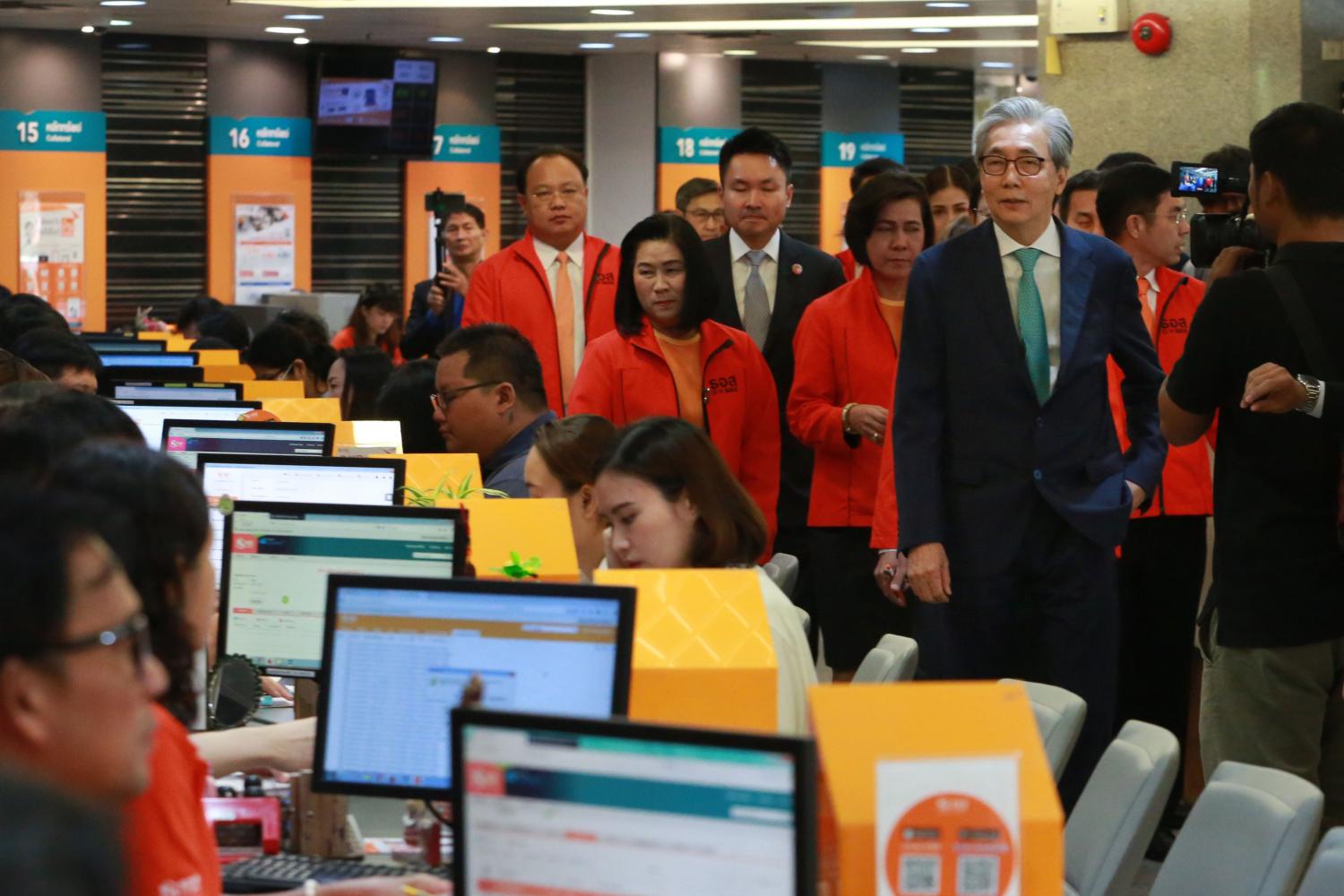
The state planning unit is keeping a close watch on domestic consumer loans after non-performing loan rates hit a 13-quarter high in the first three months this year.
The National Economic and Social Development Council (NESDC) reported on Thursday that non-performing consumer debt rose 9% year-on-year in the first quarter this year to 126.4 billion baht. It accounted for 2.75% of total loans and 27.8% of total non-performing loans (NPLs), the highest since the first quarter of 2016.
This resulted in the highest proportion of NPLs among finance segments. Personal loans under the agency's supervision were still at a high level, while credit defaults for more than three months of credit card loans declined by 3.6% after 0.3% growth in the previous quarter.
"Non-performing consumer debt has continued increasing from 80 billion baht at the end of 2004 to 120 billion at the end of 2018, driven particularly by auto NPLs," said Thosaporn Sirisamphand, the NESDC's secretary-general.
In the fourth quarter of 2018, household debt was equal to 12.8 trillion baht, an increase of 6% from the same period a year earlier and accounting for 78.6% of GDP. This was the second consecutive quarter with an increase.
Thailand's ratio of household debt to GDP ranks 10th among 89 countries and third among 29 Asian countries, Mr Thosaporn said.
In the first quarter of 2019, household debt increased continuously when considering the outstanding balance of personal consumption loans of commercials banks; that figure grew by 10.1%, the most since the second quarter of 2014.
This was a result of accelerating debt before the enforcement of the central bank's new mortgage regulatory measures in April; increasing car demand driven by new car models and sales promotion measures at the 2019 motor show; and sales promotions with attractive payment terms.
Mr Thosaporn said increased household debt since mid-2018 and a slowdown in the economy could affect people's ability to spend and their ability to pay household debts.
Also requiring further monitoring is housing debt after new credit supervision measures that are expected to curb household debt, while the use of other personal consumption loans such as credit cards may increase, he said.
Housing loans accounted for 49.9% of total personal consumption loans.
In a related development, the NESDC reported on Thursday that the employment rate dropped in the first quarter of the year, driven largely by non-agricultural sectors.
The unemployment rate was 0.92% of the total workforce or 351,000 people. That was lower than in the same period last year, which saw a 1.24% rate or 474,000 people.
On a quarterly basis, the rate was down from 0.93% or 359,000 people in the fourth quarter of 2018.
In the first quarter, Thailand's workforce totalled 38.4 million, edging up 0.6% year-on-year.
Last year the unemployment rate was 1.1%, with the overall workforce totalling 38.43 million, down from 1.2% and 38.1 million people in 2017.